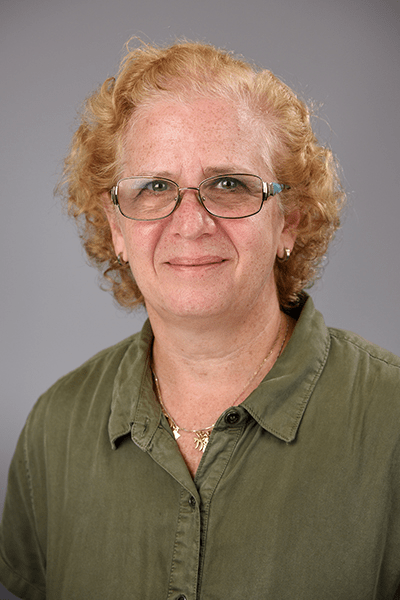
Lilian I. Plotkin, PhD
Assistant Dean for Faculty Affairs and Professional Development
Professor of Anatomy, Cell Biology & Physiology
Director, Histology and Histomorphometry core
- Phone
- (317) 274-5317
- Address
-
MS 5023
ANAT
IN
Indianapolis, IN - PubMed:
-

- CV:
- Download CV
Bio
Dr. Plotkin is an Professor at the Department of Anatomy, Cell Biology & Physiology, Indiana University School of Medicine in Indianapolis, IN, U.S.A. She obtained her degree in Immunology at the Universidad Nacional de Buenos Aires, Argentina. Dr. Plotkin performed postdoctoral training from 1998 to 2002 and was a Faculty member from 2002 to 2008 at the Endocrinology Division and the Center for Osteoporosis and Metabolic Bone Diseases, University of Arkansas for Medical Sciences in the U.S.A. Dr. Plotkin’s research focuses on the role of connexins 43 and 37 and pannexins as regulators of intracellular signaling activated by pharmacotherapeutic, hormonal and mechanical stimuli in bone. Her work has been published in Journal of Clinical Investigation, Cell, Science, Journal of Biological Chemistry, American Journal of Physiology, Journal of Bone and Mineral Research, Bone and Aging Cell. Dr. Plotkin’s research has been supported by local grants, and the National Osteoporosis Foundation and the National Institutes of Health.
| Year | Degree | Institution |
|---|---|---|
| 1996 | PhD | University of Buenos Aires |
| 1987 | BS | University of Buenos Aires |
The Plotkin laboratory focuses on the role of connexins on bone cell function and on skeletal homeostasis. Through interactions with several primary faculty members, Dr. Plotkin has developed a program to evaluate the consequences of genetic manipulation of Cx43, Cx37 and pannexin 1 from the cell to the whole skeleton; and their role on the effect of hormones, mechanical signals and pharmaco-therapeutic agents. Trainees in the Plotkin lab will participate in in vitro studies, including analysis of gene expression, kinase activity, cell-to-cell communication, and cell viability and proliferation. In vivo studies include evaluation of bone mass and strength, cell number and activity; as well as prevalence of apoptosis. Students will be trained on a variety of techniques, including cellular (e.g., tissue culture, primary cell isolation from mice), molecular (e.g., RNA and protein isolation, western blotting, ELISA), radiological (e.g., DEXA, microCT), and histological (e.g., tissue procurement and embedding, thick and thin sectioning, staining, immunohistochemistry, dynamic and static histomorphometry).
Desc: Inclusive Research Laboratory Award
Scope: School
Date: 2024-09-01
Desc: Commitment to Diversity Award
Scope: School
Date:
Desc: Fellow of the Amercian Society for Bone and Mineral Research
Scope: International
Date: